Google Pixel 5 vs Apple iPhone 11
We may earn a commission if you make a purchase from the links on this page.
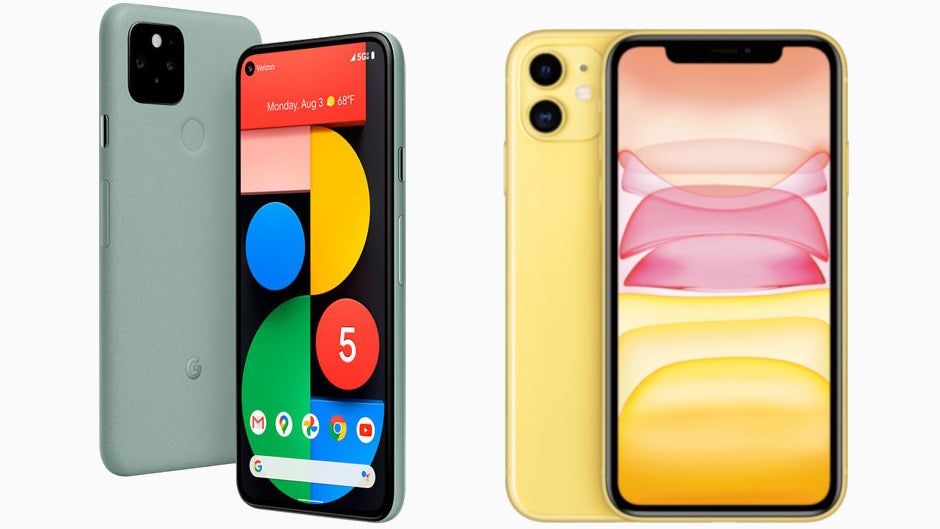
Google’s 2020 flagship — the Pixel 5 — is about ready to hit store shelves. The Pixel line is what we call “the iPhone of Android”. It’s made by Google, it comes with the cleanest version of Android — the way Google intends it to look and feel — it gets updates on day 1, and it’s a camera champion.
It seems that, this year, Google decided to abandon the race of “who’s going to make a more expensive flagship”. Instead of pushing for a $1,000 price, the Pixel 5 sits comfortably at $700. It’s perfectly positioned to rival the likes of OnePlus, the new Galaxy S20 FE, and even the Apple’s base iPhone.
So… how does it stack up against the currently-available iPhone 11?
Comparing the hardware of an iPhone to any Android device is always a bit of an apples-to-oranges thing. Apple makes its own processors and it builds its own operating system to work exclusively with its hardware. Google buys chips from Qualcomm, but it still does have the benefit of being… you know, Android’s sole developer.
But, with the Pixel 5 and iPhone 11, we do have some very big differences in terms of hardware.
The Apple iPhone 11 is powered by the best chip you can find on an iPhone as of right now — the Apple A13 Bionic. It’s not a downgrade, there were no corners cut — it’s the same chip that hums in the iPhone Pro line.
The Google Pixel 5 is powered by a Qualcomm Snapdragon 765G. Not the flagship-grade Snapdragon 865 or 865+... but an upper-midrange edition.
Is that bad? Not necessarily. As previously mentioned — Google’s vanilla Android runs pretty snappy, even if you don’t have a top-tier processor. But then again, it’s kind of odd that Google chose to downgrade its flagship line.
When it comes to raw productivity, the iPhone will be in the lead.
In terms of memory, the Google Pixel 5 does come in the lead. Its starting storage space is 128 GB, which is double what the iPhone 11 offers for the same amount of money. And, in the RAM department, the Pixel 5 has 8 GB of RAM, the iPhone 11 — 4 GB of RAM. That, again, ties into how the operating systems of the devices work. Android is pretty open to multi-tasking, so it needs all that memory for a pristine user experience, whereas iOS has no qualms with freezing apps in the background and managing with a smaller memory pool.
One thing that the Pixel 5 has going for it is its connectivity — the Snapdragon 765G gives it support for 5G, while the iPhone 11 still caps out at LTE.
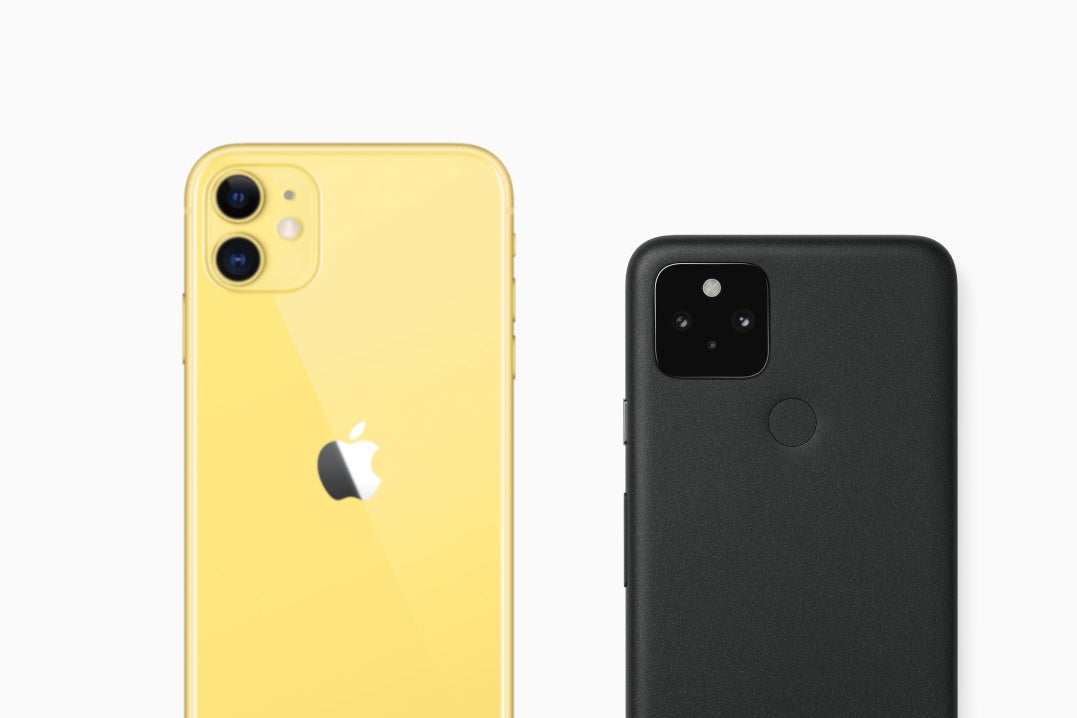
Google’s Pixel line is often praised for its great cameras. It’s not just about the hardware — Google does wonders with computational photography. As soon as you press that shutter button, the phone goes hard at work to take multiple exposure shots, stitch them together and give you the best possible image it can get. Light, dark, high dynamics, no matter the scene — they are pretty impressive.
Apple also has its own image processing in place, and the iPhone 11 is a pretty good shooter — a staple in the industry, if you will. It will be extremely hard to compare and judge these phones once we get a Pixel 5 in our hands, that’s for sure.
Both of these phones come with a dual camera module — the Pixel 5 has a 12.2 MP main camera and 16 MP ultra-wide camera; the iPhone 11 has a 12 MP main and 12 MP ultra-wide shooter. On the front, the Pixel has an 8 MP selfie camera, and the iPhone goes up to 12 MP again.
When it comes to screen sizes, you will have pretty much the same real estate on both phones. The Pixel 5 has a 6-inch screen with a 19:9 aspect ratio, the iPhone 11 has a 6.1-incher with a 19.5:9 aspect ratio. Meaning, the iPhone 11 is ever so slightly taller and slimmer in shape.
The Pixel does have slimmer bezels than the iPhone — its screen-to-body ratio is 88.76%, while the iPhone’s is 80%. This means that the Pixel 5 will be slightly more compact than the iPhone 11.
For 3 years now, Apple has insisted on sticking with its Face ID sensors in a cutout at the top of the screen. A.k.a. “The Notch”. The Pixel 5 only has a small cutout for the selfie camera in the top-left corner of the screen, leaving more surface area for an actual screen.
But for the actual killer difference — the Google Pixel 5 has an OLED panel with a 90 Hz refresh rate. This means deeper blacks, more vibrant colors, and very, very smooth animations that just please the eye. The Apple iPhone 11 still has an LCD panel and is locked at 60 FPS. Apple’s color calibration is still outstanding, but when it comes to motion and contrast, OLED is just better than LCD.
With the removal of the huge forehead that was on the Pixel 4, Google also removed all that face-recognizing tech. The Pixel 5 is back to fingerprint unlocking with a scanner pad situated on the back of the phone. This is… up to taste — many people out there have never been fans of back-mounted fingerprint scanners.
The iPhone 11 has Apple’s Face ID lodged in that Notch, so unlocking and iPhone is merely a matter of looking at it.
There's also the small issue of personalization. The iPhone 11 comes in 6 different colors — from vibrant to understated. The Pixel 5 comes in... well, two — a dark green and a black.
- The new iPhone 13: price, release date, features, and specs
Pixel 5 vs iPhone 11 specs
- Pixel 5 processor: Qualcomm Snapdragon 765G
- Pixel 5 memory: 128 GB storage, 8 GB RAM
- iPhone 11 processor: Apple A13 Bionic
- iPhone 11 memory: from 64 GB, 4 GB RAM
Comparing the hardware of an iPhone to any Android device is always a bit of an apples-to-oranges thing. Apple makes its own processors and it builds its own operating system to work exclusively with its hardware. Google buys chips from Qualcomm, but it still does have the benefit of being… you know, Android’s sole developer.
But, with the Pixel 5 and iPhone 11, we do have some very big differences in terms of hardware.
The Apple iPhone 11 is powered by the best chip you can find on an iPhone as of right now — the Apple A13 Bionic. It’s not a downgrade, there were no corners cut — it’s the same chip that hums in the iPhone Pro line.
The Google Pixel 5 is powered by a Qualcomm Snapdragon 765G. Not the flagship-grade Snapdragon 865 or 865+... but an upper-midrange edition.
Is that bad? Not necessarily. As previously mentioned — Google’s vanilla Android runs pretty snappy, even if you don’t have a top-tier processor. But then again, it’s kind of odd that Google chose to downgrade its flagship line.
When it comes to raw productivity, the iPhone will be in the lead.
|
|
|
| Google Pixel 5 | Apple iPhone 11 |
Design
| Dimensions | |
|---|---|
| 5.70 x 2.77 x 0.31 inches 144.7 x 70.4 x 8 mm |
5.94 x 2.98 x 0.33 inches 150.9 x 75.7 x 8.3 mm |
| Weight | |
| 5.33 oz / 151.0 g | 6.84 oz / 194.0 g |
| Materials | |
| Back: Aluminum Frame: Aluminum | Back: Glass Frame: Aluminum |
| Resistance | |
| Water, Dust; IP68 | Water, Dust; IP68 |
| Biometrics | |
| Fingerprint (touch) | 3D Face unlock |
| Keys | |
| Right: Volume control, Lock/Unlock key | Left: Volume control, Other; Right: Lock/Unlock key |
| Colors | |
| Just black, Sorta sage | Black, Purple, Yellow, Green, Red, White |
Display
| Size | |
|---|---|
| 6.0-inch, 86.75% screen-to-body | 6.1-inch, 80.04% screen-to-body |
| Type | |
| OLED, 90Hz, HDR | IPS LCD, 625 nits |
| Resolution | |
| 2340x1080px, 19.5:9 ratio, 430 PPI | 1792x828px, 19.5:9 ratio, 324 PPI |
| Protection | |
| Corning Gorilla Glass 6 | |
| Features | |
| Oleophobic coating | |
Hardware
| System chip | |
|---|---|
| Snapdragon 765G SM7250-AB (7 nm) | Apple A13 Bionic APL1W85 (7 nm) |
| Processor | |
| Octa-core 2400 MHz Kryo 475 |
Hexa-core Lightning and Thunde |
| GPU | |
| Adreno 620 | Apple-designed 4 core |
| Memory | |
| 8GB (LPDDR4)/128GB (UFS 2.1) | 4GB (LPDDR4)/64GB (NVMe) 4GB/128GB 4GB/256GB |
| Storage expansion | |
| not expandable | not expandable |
| OS | |
| Android (12, 11) | iOS (15.x, 14.x, 13.x) |
Battery
| Type | |
|---|---|
| 4080 mAh | 3110 mAh, Li - Ion |
| Charging | |
| USB Power Delivery Qi wireless charging, Reverse wireless charging |
USB Power Delivery Qi wireless charging |
| Charge speed | |
| Wired: 18.0W Wireless: 18.0W |
Wired: 18.0W Wireless: 7.5W |
Camera
| Rear | |
|---|---|
| Dual camera | Dual camera |
| Main camera | |
| 12.2 MP (OIS, PDAF) Aperture size: F1.7 Focal length: 28 mm Sensor size: 1/2.55" Pixel size: 1.4 μm | 12 MP (Sapphire crystal lens cover, OIS, PDAF) Aperture size: F1.8 Focal length: 26 mm Sensor size: 1/2.55" Pixel size: 1.4 μm |
| Second camera | |
| 16 MP (Ultra-wide) Aperture size: F2.2 Pixel size: 1 μm |
12 MP (Ultra-wide, Sapphire crystal lens cover) Aperture size: F2.4 Focal Length: 13 mm |
| Flash | |
| LED | Quad LED |
| Video recording | |
| 4K UHD (60 fps), 1080p (240 fps) Time-lapse video, EIS |
4K UHD (60 fps), 1080p (240 fps), 720p OIS, Time-lapse video, Continuous autofocus, Picture-taking during video recording |
| Front | |
| 8 MP Video capture: 1080p |
12 MP (EIS, HDR, Slow-motion videos) Video capture: 4K UHD (60 fps) |
Connectivity & Features
| Bluetooth | |
|---|---|
| 5.0 | 5.0 |
| WLAN | |
| a,b,g,n,ac,dual-band MIMO, Wi-Fi Direct, Hotspot 802.11 a, b, g, n, ac | a,b,g,n,ac,Wi-Fi 6,dual-band Multiple antennas, MIMO, Wi-Fi Direct, Hotspot 802.11 a, b, g, n, ac, ax |
| USB | |
| Type-C, USB 3.1 | Lightning |
| Sensors | |
| Accelerometer, Gyroscope, Compass, Barometer, Ambient light sensor, Proximity sensor | Accelerometer, Gyroscope, Compass, Barometer, Ambient light sensor, Proximity sensor |
| Hearing aid compatible | |
| M4/T3 | M3/T4 |
| Location | |
| GPS, A-GPS, Glonass, Galileo, Cell ID, Wi-Fi positioning | GPS, A-GPS, Glonass, Galileo, Cell ID, Wi-Fi positioning |
| Other | |
| NFC | NFC, UMA (Wi-Fi Calling) |
Multimedia
| Headphones | |
|---|---|
| No 3.5mm jack | No 3.5mm jack |
| Speakers | |
| Earpiece, Multiple speakers | Earpiece, Multiple speakers |
| Features | |
| aptX, aptX-HD | Dolby Atmos |
| Screen mirroring | |
| Wireless screen share | |
| Additional microphone(s) | |
| Noise cancellation | |
Cellular
| 5G Bands | |
|---|---|
| n1, n2, n3, n5, n7, n8, n12, n28, n41, n66, n71, n77, n78, n258, n260, n261, Sub-6, mmWave | |
| LTE Bands | |
| 1, 2, 3, 4, 5, 7, 8, 12, 13, 14, 17, 18, 19, 20, 25, 26, 28, 29, 30, 32, 66, 71 | 1, 2, 3, 4, 5, 7, 8, 12, 13, 14, 17, 18, 19, 20, 25, 26, 29, 30, 66, 71 |
| TDD Bands | |
| 38, 39, 40, 41, 42, 46, 48 | 34, 38, 39, 40, 41, 42, 46, 48 |
| 3G Bands | |
| 1, 2, 4, 5, 6, 8 | 1, 2, 4, 5, 8 |
| Data Speed | |
| LTE-A, HSDPA+ (4G) 42.2 Mbit/s, HSUPA 5.76 Mbit/s | LTE-A Pro Cat 19 (1600/150 Mbit/s), HSDPA+ (4G) 42.2 Mbit/s, HSUPA 5.76 Mbit/s, UMTS |
| Dual SIM | |
| Yes | Yes |
| SIM type | |
| Nano SIM, eSIM | Nano SIM, eSIM |
| HD Voice | |
| Yes | |
| VoLTE | |
| Yes | |
Regulatory Approval
| FCC approval | |
|---|---|
| Date approved: Apr 11, 2021 FCC ID value: A4RGD1YQ | Date approved: Sep 25, 2019 FCC ID value: BCG-E3309A |
| Measured SAR | |
| Head: 1.16 W/kg Body: 1.18 W/kg Simultaneous Transmission: 1.57 W/kg Wireless Router: 0.99 W/kg |
Head: 0.80 W/kg Body: 1.00 W/kg Simultaneous Transmission: 1.52 W/kg Wireless Router: 1.00 W/kg |
Availability
| Officially announced | |
|---|---|
| Sep 30, 2020 | Sep 10, 2019 |
| Prices (MSRP) | |
| $700 | 4GB/64GB - $699 |
See the full
Google Pixel 5 vs Apple iPhone 11 specs comparison
or compare them to other phones using our
Phone Comparison tool
In terms of memory, the Google Pixel 5 does come in the lead. Its starting storage space is 128 GB, which is double what the iPhone 11 offers for the same amount of money. And, in the RAM department, the Pixel 5 has 8 GB of RAM, the iPhone 11 — 4 GB of RAM. That, again, ties into how the operating systems of the devices work. Android is pretty open to multi-tasking, so it needs all that memory for a pristine user experience, whereas iOS has no qualms with freezing apps in the background and managing with a smaller memory pool.
One thing that the Pixel 5 has going for it is its connectivity — the Snapdragon 765G gives it support for 5G, while the iPhone 11 still caps out at LTE.
Pixel 5 vs iPhone 11 camera
- Pixel 5 main camera: 12.2 MP wide angle, 16 MP ultra-wide angle
- Pixel 5 selfie camera: 8 MP
- iPhone 11 main camera: 12 MP wide angle, 12 MP ultra-wide angle
- iPhone 11 selfie camera: 12 MP

Apple also has its own image processing in place, and the iPhone 11 is a pretty good shooter — a staple in the industry, if you will. It will be extremely hard to compare and judge these phones once we get a Pixel 5 in our hands, that’s for sure.
Both of these phones come with a dual camera module — the Pixel 5 has a 12.2 MP main camera and 16 MP ultra-wide camera; the iPhone 11 has a 12 MP main and 12 MP ultra-wide shooter. On the front, the Pixel has an 8 MP selfie camera, and the iPhone goes up to 12 MP again.
Pixel 5 vs iPhone 11 display and design
- The Pixel 5 has an OLED screen with 90 Hz refresh rate
- The Pixel 5 has slimmer bezels, no notch
- The iPhone 11 has an LCD panel locked at 60 Hz
When it comes to screen sizes, you will have pretty much the same real estate on both phones. The Pixel 5 has a 6-inch screen with a 19:9 aspect ratio, the iPhone 11 has a 6.1-incher with a 19.5:9 aspect ratio. Meaning, the iPhone 11 is ever so slightly taller and slimmer in shape.
For 3 years now, Apple has insisted on sticking with its Face ID sensors in a cutout at the top of the screen. A.k.a. “The Notch”. The Pixel 5 only has a small cutout for the selfie camera in the top-left corner of the screen, leaving more surface area for an actual screen.
But for the actual killer difference — the Google Pixel 5 has an OLED panel with a 90 Hz refresh rate. This means deeper blacks, more vibrant colors, and very, very smooth animations that just please the eye. The Apple iPhone 11 still has an LCD panel and is locked at 60 FPS. Apple’s color calibration is still outstanding, but when it comes to motion and contrast, OLED is just better than LCD.
The iPhone 11 has Apple’s Face ID lodged in that Notch, so unlocking and iPhone is merely a matter of looking at it.
There's also the small issue of personalization. The iPhone 11 comes in 6 different colors — from vibrant to understated. The Pixel 5 comes in... well, two — a dark green and a black.
Pixel 5 vs iPhone 11 expectations
In all reality, the iPhone 11 is about to be replaced by the iPhone 12 in less than a month (reportedly). But, even right now, the iPhone 11 is pretty up to par with the Pixel 5. We can only speculate what kinds of upgrades the iPhone 12 will bring about. That, the OnePlus 8T coming around the corner, and the Galaxy S20 FE... the Pixel 5 has its work cut out for itself. Can it make a dent in the market?
Follow us on Google News




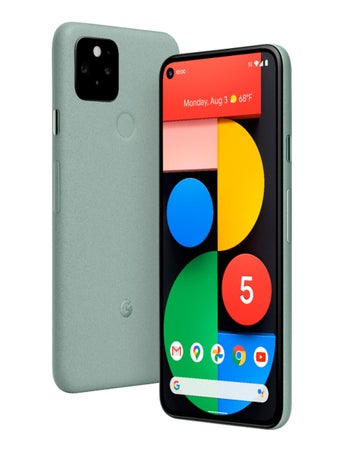
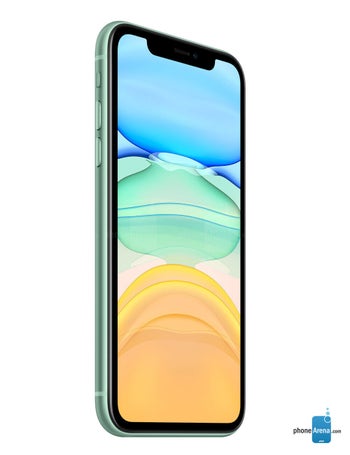





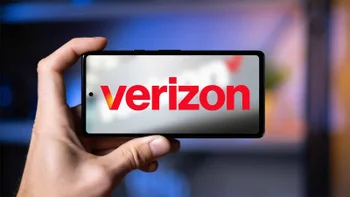
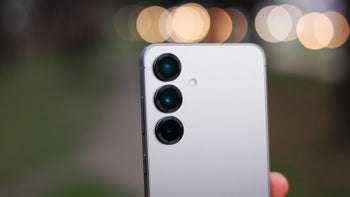
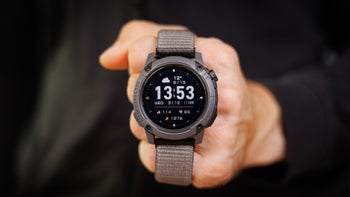
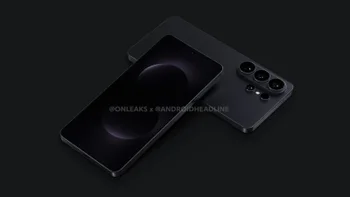
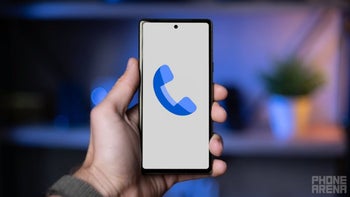

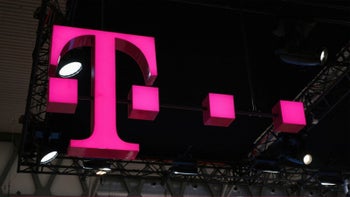

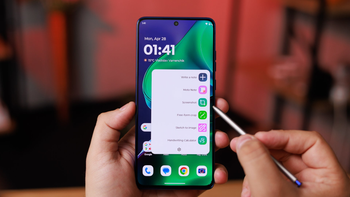
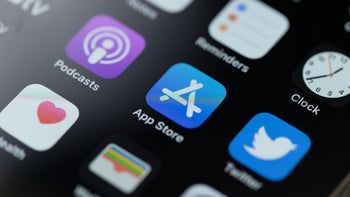

Things that are NOT allowed:
To help keep our community safe and free from spam, we apply temporary limits to newly created accounts: